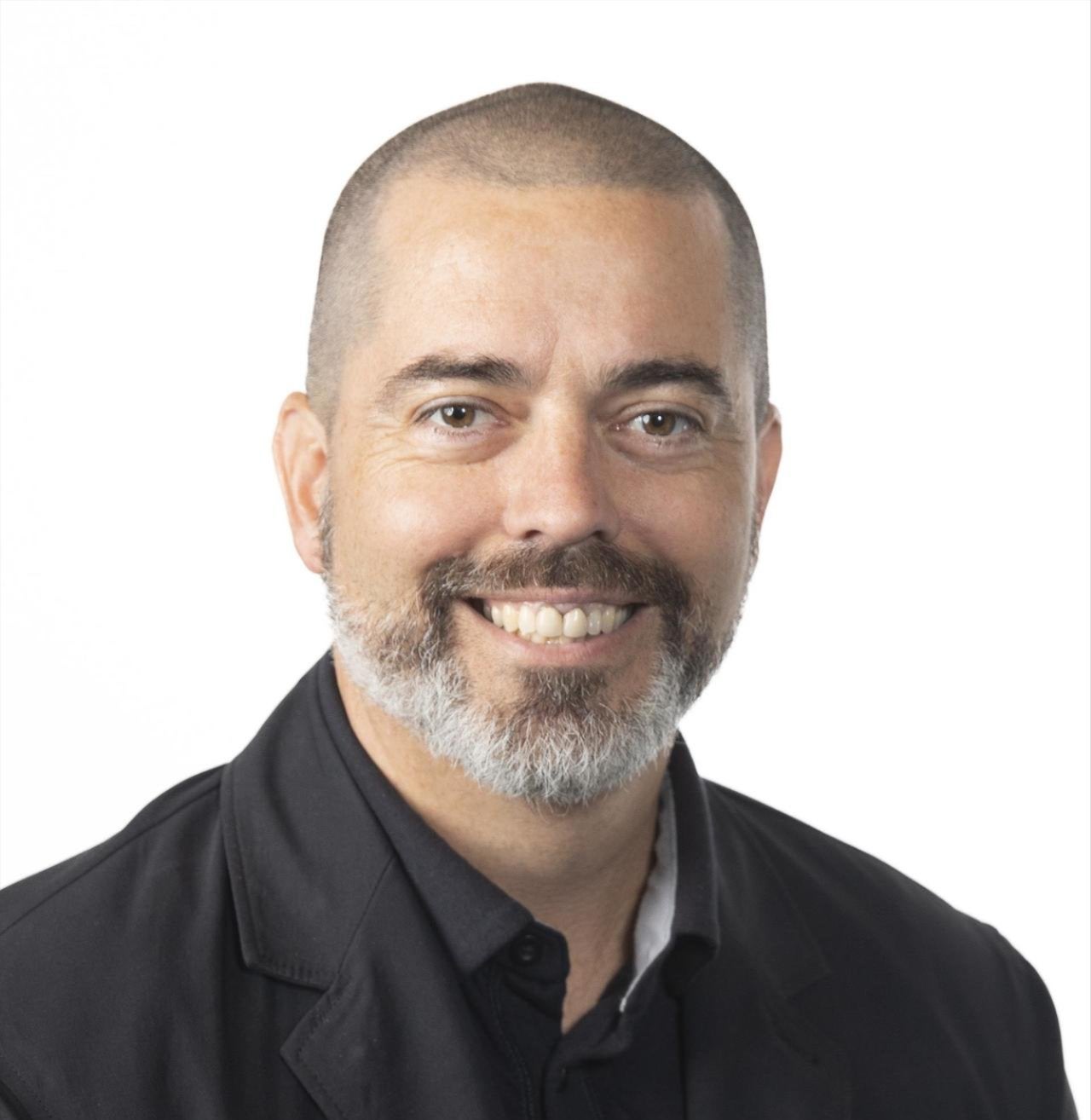In Awe of NASA: Promoting Resilience in Space and on Earth
Lipscomb University faculty’s new research links awe with leadership, resilience and overall well-being.
Keely Hagan | 615-966-6491 |

A desert sunset, an artist’s masterpiece, an answered prayer or a simple gesture of friendship. We all have experienced moments of awe. Did you know that not only do these experiences feel good but they’re also good for you?
Key findings of the latest study by Jeff Thompson, adjunct professor at Lipscomb’s Institute for Conflict Management and research scientist at Columbia University Medical Center (CUMC), show that developing, reflecting and sharing personal awe narratives, as well as being exposed to the awe experiences of others, can help people thrive in stressful, tough and crisis environments.

Jeff Thompson
A retired detective who served more than 20 years in the New York City Police Department, Thompson knows about crises. He was the department’s first-ever mental health and wellness coordinator. He also served as a hostage negotiator and has provided training on resilience, mental health, leadership, suicide pre/postvention and crisis communication to diverse professionals across the world.
“The stories we tell can be very powerful to either help support our overall well-being or be a detriment to it,” says Thompson. “Our life narratives are like a hammer—they can destroy or build, and the resilience aspect comes into it because we are the authors, we decide on the story. My work and research help guide people with their awe narratives which help shape their past, present, and future in a positive way.”
His study, “NASA Resilience and Leadership: Examining the Phenomenon of Awe,” examined how experiencing and reflecting on awe can serve as a gateway to resilience and wellbeing practices for NASA’s leadership personnel. It was recently published in Frontiers of Psychology as part of a special research topic on “Meaning in Work and Life: Happiness, Wellbeing and the Future of Organizations.”
The study was conducted in collaboration between Thompson’s work at CUMC and Lipscomb as part of a larger Awe Project series of studies for NASA’s leadership.
“My research and work are not only looking to help people when they are in a personal crisis,” says Thompson. “I also want to help people to have fulfilling lives, where they are doing more than getting by but instead are thriving.
“I argue, and other researchers do as well, that experiencing awe directly and indirectly is a gateway to many other resilience practices. Awe is a powerful, complex emotion we experience in the presence of someone or something extraordinary and it challenges our thinking,” says Thompson.
My favorite part of the program is how it is shaping my life. I have found myself generating more ‘me’ time in general. I had expected a mindset shift, but not a behavior change. — Lipscomb graduate student
Awe studies show that developing, reflecting, and sharing personal awe narratives as well as being exposed to the awe experiences of others can support people with their work and enhance their resilience. Thompson says the second part is critical.
“While the work people do is important, we are all humans first and we all deserve to have positive mental health,” he says. “Awe narratives is a practice that is easily accessible no matter what you do for a living, where you live, or your age.”
Thompson has been working on the Awe Project in both practice and research for about five years. He has presented his findings at various conferences around the world in both keynote presentations and workshops where it has garnered interest from hostage negotiators, federal prison employees, government officials, clergy and many others.
“Creating moments to experience awe is exactly one of the many research-backed resilience practices we can all use to help us look after our mental health. Importantly, awe is not limited to those once-in-a-lifetime moments either. Awe is accessible in our daily lives at work and home.”
Thompson describes awe as “the grandeur that exists within and beyond oneself.” He says that generally, awe can be experienced in different categories, such as in nature and space, music and the arts, spiritual and religious moments, accomplishments (self and others), and relationships. It can occur in-person, through videos and audio, reading and writing, and with images.
Based on this definition, Thompson developed the 5 Days of Awe Project which he uses to teach practical, evidence-based practices in the conflict management and leadership courses at the College of Leadership and Public Service.
He reports that for many participants, especially the Lipscomb students who have taken part in the 5 Days of Awe Project, the experience provides a meaningful connection to their faith and their relationship with God.
“This is meaningful for me too as I am helping play a role in guiding them to find awe, and God, in both their daily lives and the experiences of others,” he says. “I’m not joking – that is awe for me.
The scenes made me feel hopeful. The vastness of God’s creation is astounding. I was left speechless after the video. — Lipscomb graduate student
“The College of Leadership and Public Service is about preparing our students to be leaders and to resolve conflict in a helpful way for themselves, and importantly, for others,” he says. “Our approach is not ‘win at all costs.’ Instead, we promote winning for the students while also contributing to a better community. My life experiences and research show this is realistic and possible.”
He says his research complements the practice element of the courses he teaches by illustrating how professionals with NASA or police hostage negotiators and others utilize these skills. It encourages students to explore how they can adapt and apply it in their chosen professions.
“For example, in the NASA study, numerous connections to awe and resilience were revealed when the participant described what it was like when first beginning to work at NASA and continuing to work there many years later: ‘I took the chance, I took the pay cut, took the chance—a once-in-a-lifetime opportunity. It was difficult at first, like a fish out of water. I realized, hey, I’m not the smartest person in the room almost ever anymore. And I tell you it’s been a blessing; it’s just been incredible.’
“In my 5 Days of Awe Project, many shared awe narratives involve resilience practices like this one and reveal the same elements of gratitude, connectedness, hope and optimism and having meaning in purpose in life (MPiL), defined as a feeling as if one’s life has an overall purpose and significance.”
Thompson says that resilience practices often can create an “upward spiral,” through recognizing, developing and incorporating other resilience practices and positive emotions of your own, and of others, that contribute to living a mentally and physically healthy life.
Thompson encourages everyone to make time for awe moments and other positive experiences. He says that while tough, stressful moments demand your attention, you have to be intentional about making time for the good ones too.
Outside of Lipscomb, Thompson presents the 5 Days of Awe Project through brief videos via Google Classroom, accessible on mobile phones. To learn more about the free program and the Awe Project, visit www.5daysofawe.com.
“What I have found to be truly profound is how much of a positive impact doing this awe research and work continues to support my own resilience and mental health,” says Thompson. “The more I do this work, the more it has helped me, including finding my awe moments.
“If it works for NASA leaders and hostage negotiators, it can work for you. Try it.”
Thompson offers these two practices adapted from his research and programs:
- Think of a time you felt awe in your life. Spend a few moments thinking about it. What was it that made it awe? What are a few other emotions you felt in addition to awe? What was going on and who else was there? Consider doing this with another person and sharing your awe stories with each other.
- What is something that seemed ordinary, either at work or in your personal life, that now when thinking about it, could also be viewed as being filled with awe? Do the similar follow-up questions as above.